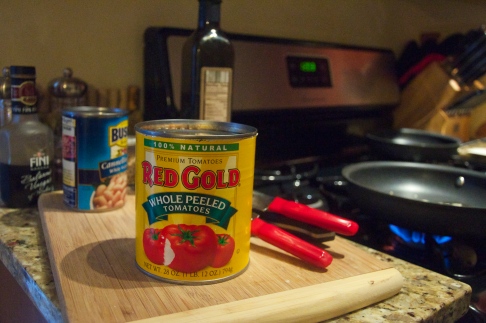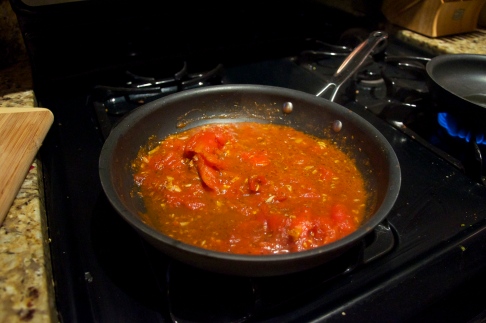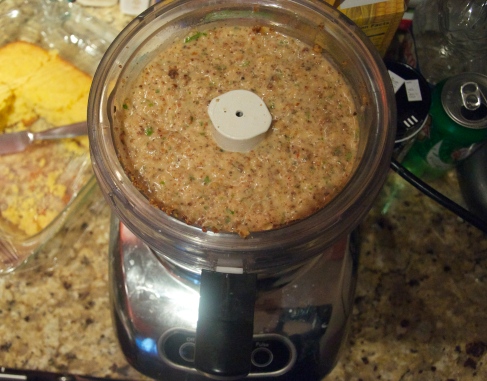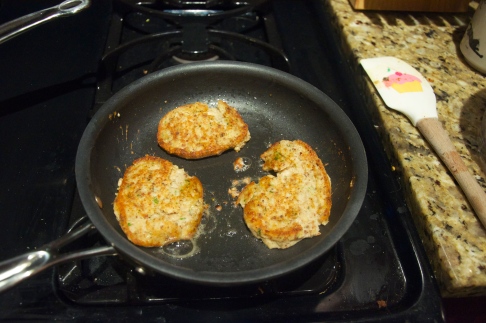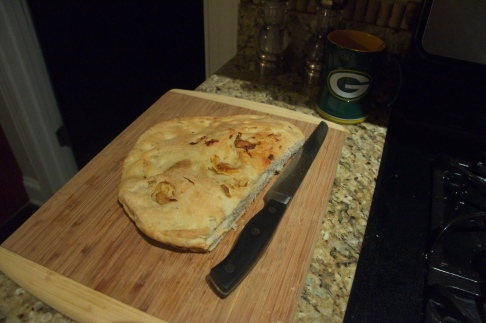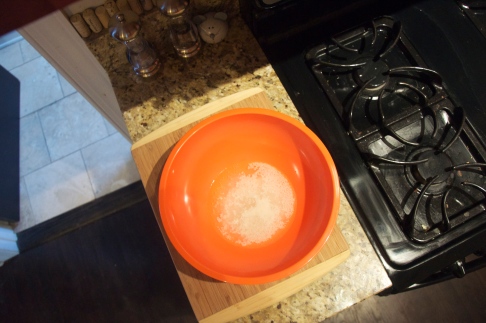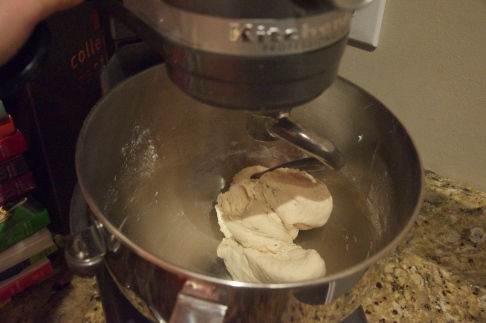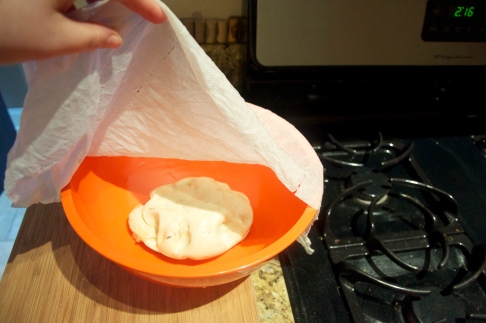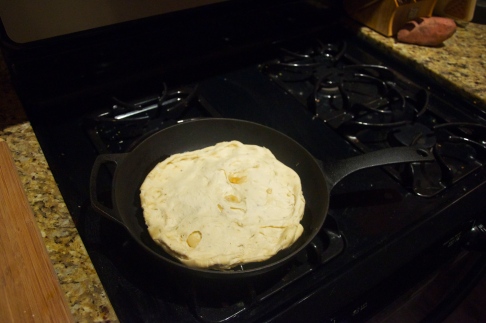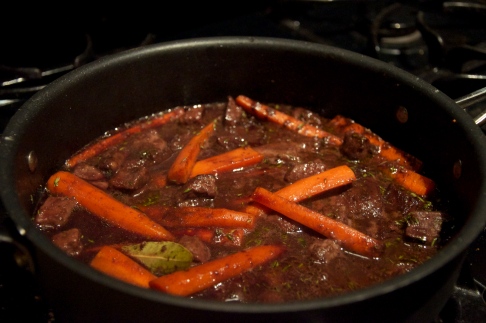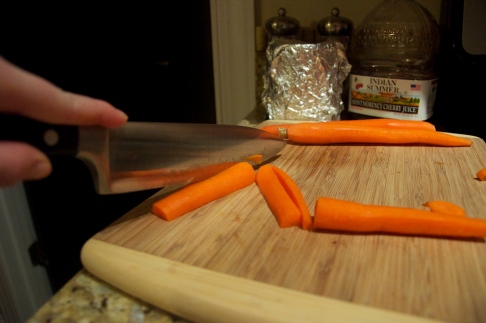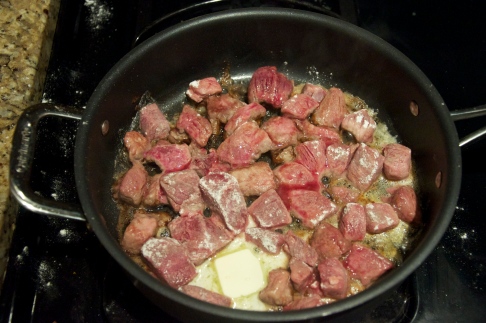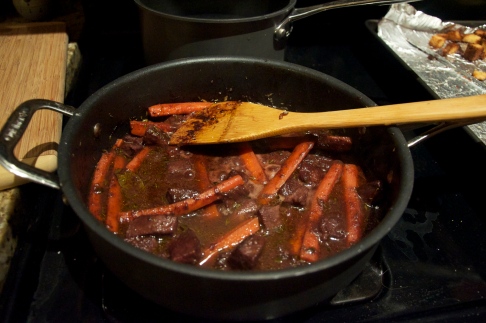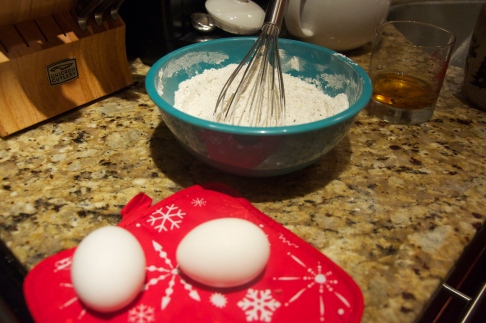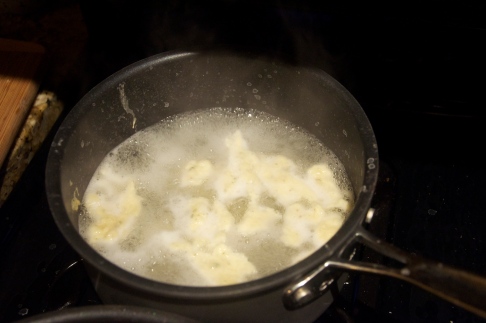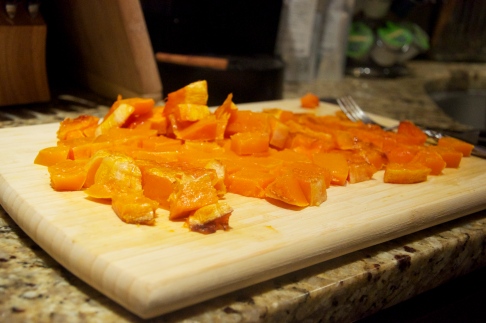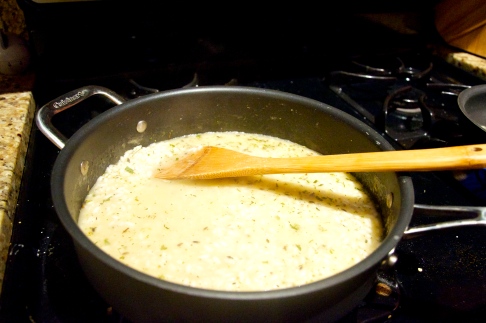Struggles. So many struggles. No internet, no heat, no hot water: the last few weeks have been a little hard here in Chicago. With the exception of an amazing vacation with my college besties, very little cooking has been done. Though in fairness, the gas was turned off and thus no stove or oven.
Excuses, excuses. I should have at least put up one of the few recipes I’ve made in the past weeks. For this, I do apologize. But to be very frank, not much as changed in the last few weeks. Chicago is still freezing, snow is still falling, and I still carve out at least one night a week to cook (this weekend the recipes will descend).
I realized a few weeks ago that I had yet to take out my slow cooker this year. Which is odd as nothing is better than walking in after a long day at work and having your house smell of roasted meats. I mean, realllly. My favorite meal growing up was my mom’s pot roast. Simple and to the point, it was always just slow cooked carrots, onions, roast and some salt and pepper. I will have to make it one of these days, now that I’m literally craving it. I always joke with my mom about how I learned how to cook out of necessity (microwave meatloaf anybody?), but this was the one thing I would beg her to make.
Anyways, back to the task at hand. I wanted to use the slow cooker and I had been meaning to make a cassoulet. Technically a French casserole of white beans, sausage, chicken, and herbs. And while I tried to stay as true to it as I know, this cassoulet turned out to be more like a regular chicken stew. Nothing wrong with that.
“Cassoluet”
Feeds 4–6 people
Ingredients:
- 2 cans white beans
- 1 32 oz can whole, peeled tomatoes
- 2 hot or mild Italian sausages
- 4 chicken thighs (or 2 chicken breasts)
- 2 whole carrots, peeled and chopped
- 2 small (or one medium) white onions, chopped
- bouquet garni (thyme, rosemary, bay leaves)
- 2 tsp salt
- 2 C. chicken stock
- *breadcrumbs and parmesan for finishing
1. Soften the onions and carrots in a pan. Move to slow cooker.
2. Add in tomatoes (mush them up a little), chicken stock and beans.
3. Brown the chicken, just enough so that there is a little golden tint to it, add to slow cooker.
4. Brown the sausage, just enough that it is cooked on the outside. Cut into pieces, add.
5. Through in the rest of the spices and salt, cover and cook on low for 8 hours.
6. Before eating, take out the serving portion and cover in breadcrumbs and parmesan (as much as you like really), and put under the broiler for about 5 minutes.
Serve with a crusty piece of bread. Enjoy!

